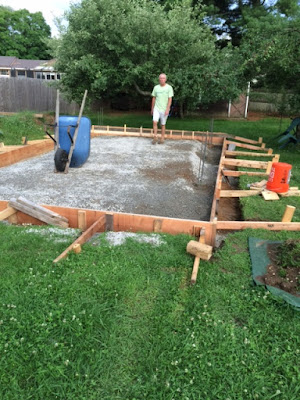When I was working on my Pearson 26 project and it was time to make backing plates I had many conversations with people and read about materials that are commonly used. Stainless steal, aluminum; wood; the dreaded plywood; and, not so common but making appearances here and there, G10.
After weighing the pros and cons of all these materials I decided to go with the longest lasting and unfortunately the least environmentally friendly option - G10. It can't rust, it doesn't 'rot', and it's strong as hell.
My hope, that the sum of taking care to do a solid job on this boat, is that this will be a project that lasts many years. That someone someday can enjoy the fruits of my labor and with a little elbow grease - go sailing.
When Hutchins originally put this boat together they used some crappy wood here and there for backing plates or nothing at all. The results were loose hardware and crazing all over many Com Pac 16s that I read about and seen.
Why? I'm not sure, but I was disappointed in their decision to do this.
I started from the front of the boat and worked my way back making G10 backing plates for every piece of hardware on the boat.
Below are pictures illustrating the making of the bow eye plate. Behind the plate was filled with thickened epoxy. I followed this process to complete the rest of the plates.





















